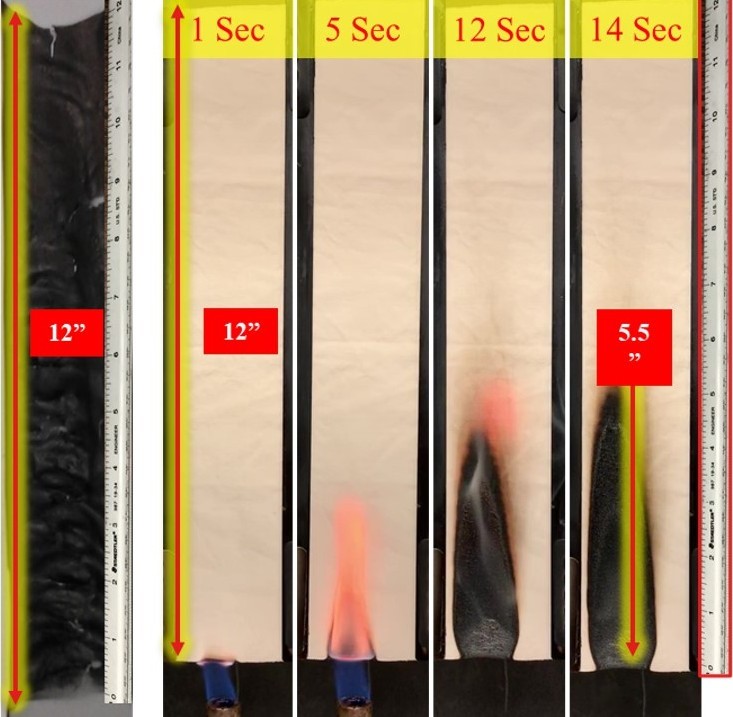Military outfits of this era are a whole lot different then what they were earlier, you may call in the world-wars period. The same is with its utilization increased in various other ways than only to distinguish between force A and force B, respectively.
Uniforms had come to a long way and are still modifying as per the modern-day needs. The technology had made it all a lot easier to design and to build uniforms in abundance with whatever specifications. In the older days, the soldier’s outfits were heavy and hard to maintain, resulting in complicated movements and difficulty in camouflage. Whereas, today’s uniforms are turning out to be progressively cutting edge, with so many technological advancements and digital camouflage capabilities. The materials used in modern military outfits enable them to repel organic substances, are featured with impact control, and even self-warming gloves.
Dr. Ramaswamy Nagarajan from the University of Massachusetts Lowell Center for Advanced Material, along with his team, accepted the challenge to create a fire-resistant and as well insect repellent uniform for entire U.S. military as required.
As recently, the U.S. Army called out and made this query to increase the soldier’s effectiveness on the ground. Authorities urge this to be done from one of its own and don’t want to outsource this internationally. It will increase the project’s cost-effectiveness and promote home-based manufacturers. The team who stood up for the project plans on building it with a multi-functional nylon-cotton mix, which is both harmless and accessible in abundance and serves the purpose of new uniforms.
The Perfect Solution For Creating Fire Resistant Uniforms
For the base material, Nagarajan’s team chose an economically viable and locally accessible 50-50 nylon-cotton mix. The material proves itself to be reliable and comfortable to wear. The team increased its fire resistance by doping the strands with a non-poisonous, phosphorus-containing compound called phytic corrosive that is extracted from seeds, nuts, and grains.

The next stage was to convert this newly formed material into insect repellent by including permethrin, which is made of a compound that seems like common concentrates from the chrysanthemum blossom and was connected to the strands utilizing plasma.
After testing the heat discharge limit and absolute warmth discharge, through a vertical fire test, the new material proves itself 20 percent more fire-resistant than the untreated version of the same fabric. In the meantime, live insect tests with mosquitoes exhibited a 98 percent effectiveness in repellency. Despite these upgrades, the texture stayed breathable, and in accordance with what is required.


